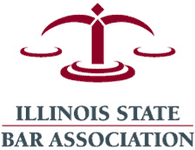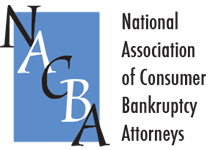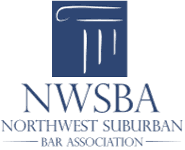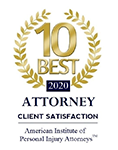121 S. Wilke Road, Suite 301, Arlington Heights, IL 60005
Home and Hospital Visits for Your Convenience
Serving Clients Across 7 Illinois Locations
Recent Blog Posts
What is the Process of Filing Workers’ Compensation?
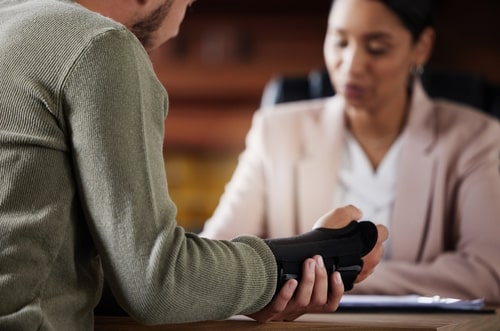 If you sustain an injury on the job, you have a right to see if you can get workers’ compensation benefits. The benefits can help cover your medical expenses, lost wages, and other costs related to your injury. But how do you actually go about filing a workers’ compensation claim? An Illinois lawyer can help walk you through the process and ensure your legal rights are met.
If you sustain an injury on the job, you have a right to see if you can get workers’ compensation benefits. The benefits can help cover your medical expenses, lost wages, and other costs related to your injury. But how do you actually go about filing a workers’ compensation claim? An Illinois lawyer can help walk you through the process and ensure your legal rights are met.
Reporting the Injury
The first crucial step is to report your injury to your employer immediately. In Illinois, you have 45 days from the date of the injury to provide written notice. However, you should not wait that long. Inform your supervisor immediately, and document the details of the incident, including the date, time, location, and how the injury occurred.
Seek Medical Treatment
Your health should be your top priority. If you need emergency care, visit the nearest hospital or urgent care facility. For non-emergency treatment, your employer may have a preferred provider network. If not, you can choose your own doctor. Be sure to inform the medical provider that your injury is work-related, and keep all receipts and documentation related to your treatment. Any medical records you have will help strengthen your claim because they are considered strong proof.
What Constitutes Negligence in Emergency Room Treatment?
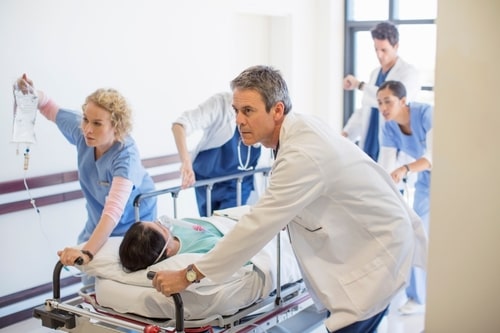 When you visit an emergency room, you expect to receive prompt, appropriate, and effective treatment. However, there are instances when the care provided falls short of the accepted standard, resulting in harm to the patient. When a healthcare provider’s actions or inactions in the emergency room setting deviate from the standard of care and cause injury, it may constitute negligence. An Illinois lawyer can help you determine what negligence in emergency room treatment looks like and what you can do if you experience it.
When you visit an emergency room, you expect to receive prompt, appropriate, and effective treatment. However, there are instances when the care provided falls short of the accepted standard, resulting in harm to the patient. When a healthcare provider’s actions or inactions in the emergency room setting deviate from the standard of care and cause injury, it may constitute negligence. An Illinois lawyer can help you determine what negligence in emergency room treatment looks like and what you can do if you experience it.
The Standard of Care in Illinois Emergency Rooms
In Illinois, healthcare providers in emergency rooms are held to a specific standard of care. This standard requires them to possess and apply the knowledge, skill, and care that a reasonably well-qualified emergency room physician or staff member would use under similar circumstances. When a provider fails to meet this standard, and a patient suffers harm as a result, it may be considered negligence.
What Can You Do When a Radiologist Missed a Major Condition
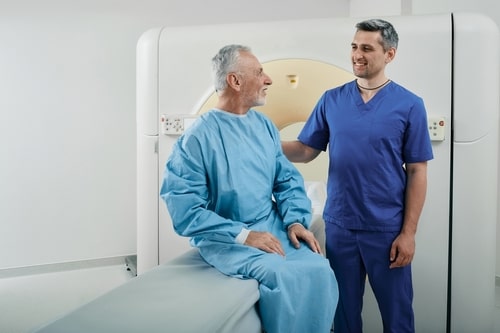 When you undergo a medical imaging procedure, such as an X-ray, CT scan, MRI, or ultrasound, you trust that the radiologist interpreting your results will do so with the best possible care and attention to detail. Unfortunately, radiologists can sometimes miss critical findings, leading to delayed or incorrect diagnoses and potentially serious consequences for patients. If you have suffered harm because of a radiologist’s negligence, you may have grounds for a medical malpractice claim with an Illinois lawyer.
When you undergo a medical imaging procedure, such as an X-ray, CT scan, MRI, or ultrasound, you trust that the radiologist interpreting your results will do so with the best possible care and attention to detail. Unfortunately, radiologists can sometimes miss critical findings, leading to delayed or incorrect diagnoses and potentially serious consequences for patients. If you have suffered harm because of a radiologist’s negligence, you may have grounds for a medical malpractice claim with an Illinois lawyer.
How to Prove Negligence in Radiology Malpractice Cases
To pursue a successful medical malpractice claim against a radiologist in Illinois, you must show that the radiologist deviated from the accepted standard of care and that this deviation directly caused your injuries. The standard of care refers to the level of skill, knowledge, and care that a radiologist would typically exercise. Examples of radiologist negligence may include:
How to Prove a Pothole Caused Your Injuries
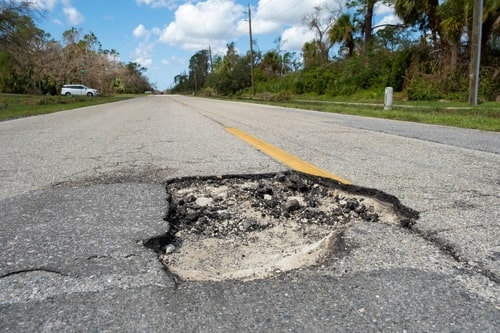 If you have been injured because of a pothole, you may be entitled to compensation from the government entity responsible for maintaining the road. However, proving that a pothole caused your injuries can be challenging. An Illinois lawyer can discuss the steps you can take to build a strong case and secure the compensation you feel you deserve.
If you have been injured because of a pothole, you may be entitled to compensation from the government entity responsible for maintaining the road. However, proving that a pothole caused your injuries can be challenging. An Illinois lawyer can discuss the steps you can take to build a strong case and secure the compensation you feel you deserve.
Gather Evidence at the Scene
If you are able to do so safely, collect evidence at the scene of the accident. Take photos of the pothole, your injuries, and any damage to your vehicle. If there are witnesses, ask for their contact information and see if they are willing to provide a statement about what they saw. This evidence will be crucial in establishing that the pothole caused your accident and injuries.
Seek Medical Attention
Even if your injuries seem minor, it is important to seek medical attention as soon as possible after the accident. Not only will this ensure that you receive the treatment you need, but it will also create a record of your injuries that can be used as evidence in your case. Be sure to follow your doctor’s orders and attend all follow-up appointments.
Taking Legal Action After a Delayed Diagnosis
 The misdiagnosis or delayed diagnosis of a medical condition can lead to catastrophic outcomes for patients. A delay in diagnosis might cause a health issue to deteriorate, potentially to a stage where it is no longer treatable. When this negligence occurs due to a doctor’s mistake or oversight, patients may be able to take legal action through a medical malpractice lawsuit. An Illinois lawyer can help you take the proper steps so you can potentially seek justice.
The misdiagnosis or delayed diagnosis of a medical condition can lead to catastrophic outcomes for patients. A delay in diagnosis might cause a health issue to deteriorate, potentially to a stage where it is no longer treatable. When this negligence occurs due to a doctor’s mistake or oversight, patients may be able to take legal action through a medical malpractice lawsuit. An Illinois lawyer can help you take the proper steps so you can potentially seek justice.
What Constitutes a Delayed Diagnosis?
A delayed diagnosis occurs when a doctor fails to identify and diagnose a medical condition in a timely manner. This delay can happen for various reasons, including:
- Failure to order proper diagnostic tests
- Misinterpreting test results
- Failing to recognize symptoms
- Failing to refer the patient to a specialist when necessary
What to Do After a Bicycle Accident in Illinois
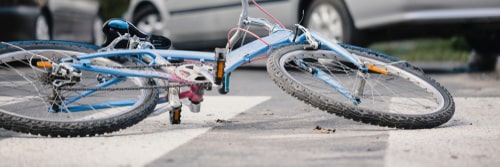 Getting into a bicycle accident can be an incredibly unsettling experience. You may feel shaken, disoriented, and uncertain about the proper course of action. An Illinois lawyer can help you determine the next best step based on your situation.
Getting into a bicycle accident can be an incredibly unsettling experience. You may feel shaken, disoriented, and uncertain about the proper course of action. An Illinois lawyer can help you determine the next best step based on your situation.
Always Seek Medical Attention First
After a bicycle accident, your immediate concern should be your health and well-being. Even if you do not feel severely injured at first, you should seek prompt medical attention. Some injuries, like internal bleeding or concussions, may not present obvious symptoms right away. A medical evaluation will ensure you receive the necessary treatment and create documentation of your injuries, which can count as evidence in any potential legal proceedings.
Report the Accident
In Illinois, you are legally required to report any traffic accident that results in property damage, injury, or death exceeding $1,500 to the local police department or the Illinois State Police. Provide the responding officer with a detailed account of the accident, including the time, location, and circumstances surrounding the incident. Obtain the officer’s name, badge number, and a copy of the official police report, as this document can serve as valuable evidence.
How Social Media Can Impact Your Personal Injury Case
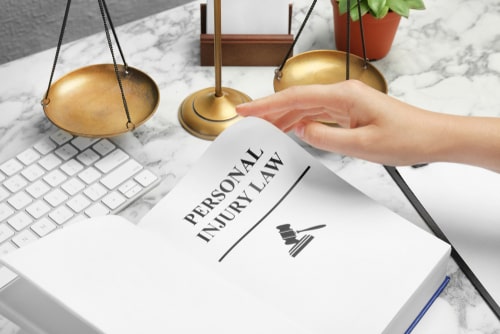 Social media is part of most people’s lives. While you may share a lot of your life on social media, you should be careful if you are involved in a personal injury case and are tempted to post about it. Your social media activity can significantly impact the outcome of your claim. An Illinois lawyer can help you determine how your social media presence can affect your case and what you can do to protect your rights.
Social media is part of most people’s lives. While you may share a lot of your life on social media, you should be careful if you are involved in a personal injury case and are tempted to post about it. Your social media activity can significantly impact the outcome of your claim. An Illinois lawyer can help you determine how your social media presence can affect your case and what you can do to protect your rights.
The Role of Social Media in Personal Injury Cases
Insurance companies and defense attorneys often use social media to investigate claimants and gather evidence that may undermine the case. The insurance company may look for posts, photos, or videos that contradict the severity of your injuries or suggest that you are not as injured as you claim to be. For example, if you are claiming that you have suffered a severe back injury, but your social media shows you engaging in physical activities, it could hurt your case.
Your Legal Options for Defective Products
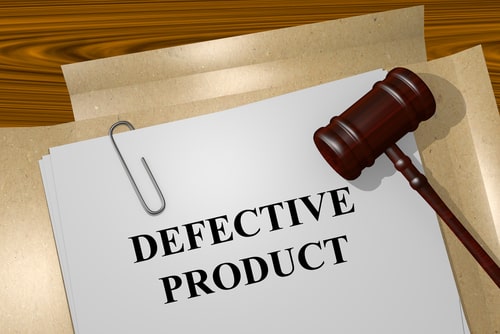 As a consumer, you trust that your products are safe and will function as intended. Unfortunately, defective products can cause serious injuries, property damage, and financial losses. If a defective product has harmed you, it is essential to understand your legal options and the steps you can take to protect your rights with an Illinois lawyer with decades of experience.
As a consumer, you trust that your products are safe and will function as intended. Unfortunately, defective products can cause serious injuries, property damage, and financial losses. If a defective product has harmed you, it is essential to understand your legal options and the steps you can take to protect your rights with an Illinois lawyer with decades of experience.
What You Should Know About the Product Liability Law
Product liability law in Illinois allows consumers to hold manufacturers, distributors, and retailers accountable for defective products that cause harm. There are three main types of product defects recognized under Illinois law:
- Design defects: This happens when the design of a product is fundamentally defective, making it excessively hazardous even when utilized as directed.
- Manufacturing defects: These happen when a product deviates from its intended design during the manufacturing process, resulting in a defect that makes it unsafe.
What You Can Expect During Litigation for Elmiron
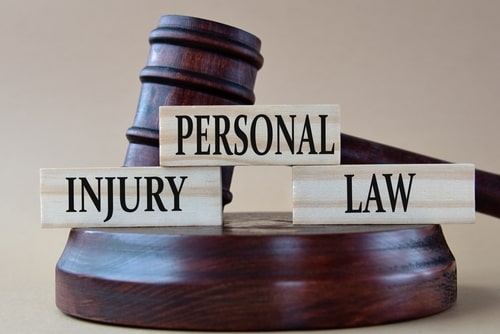 Suppose you have taken the prescription medication Elmiron for interstitial cystitis and suffered vision problems or retinal damage. As a result, you may be considering filing a lawsuit against the drug manufacturer. An Illinois lawyer can help guide you on what to expect during the litigation process.
Suppose you have taken the prescription medication Elmiron for interstitial cystitis and suffered vision problems or retinal damage. As a result, you may be considering filing a lawsuit against the drug manufacturer. An Illinois lawyer can help guide you on what to expect during the litigation process.
Filing a Complaint
The first step is filing a complaint in the appropriate Illinois court. Your lawyer will draft the complaint, outlining the facts of your case, the legal claims being made (such as failure to warn, design defect, breach of warranty under the Illinois Product Liability Act), and the damages you seek. The complaint is then served on the defendants.
The Discovery Phase
Once the complaint is filed, the discovery phase begins. This involves exchanging relevant information and documents between the plaintiffs and defendants. Your lawyer will request records from the drug manufacturer and may also subpoena third parties. You can expect to answer written interrogatories about your Elmiron usage and injuries. Depositions will also be conducted, where lawyers question parties and witnesses under oath.
Expert Testimony in Elmiron Cases in Illinois
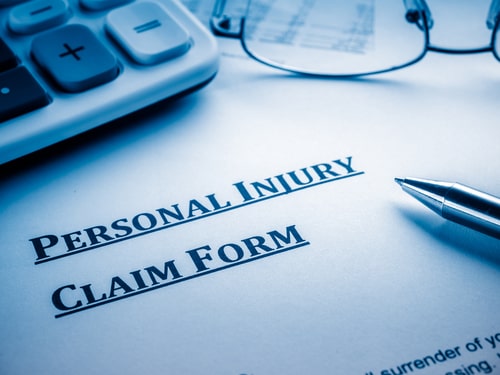 The prescription drug Elmiron, used to treat interstitial cystitis, has recently been the subject of intense legal scrutiny. Numerous plaintiffs have filed lawsuits alleging that long-term use of Elmiron led to vision-related injuries, including a rare and potentially irreversible eye disorder. An Illinois lawyer can help you through your case to ensure you are taking the proper steps.
The prescription drug Elmiron, used to treat interstitial cystitis, has recently been the subject of intense legal scrutiny. Numerous plaintiffs have filed lawsuits alleging that long-term use of Elmiron led to vision-related injuries, including a rare and potentially irreversible eye disorder. An Illinois lawyer can help you through your case to ensure you are taking the proper steps.
What the Elmiron Litigation is All About
In the ongoing litigation surrounding the prescription medication Elmiron, it has been revealed that the drug has led to pigmentary maculopathy, a rare and potentially irreversible eye disorder. Manufactured by Janssen Pharmaceuticals, a subsidiary of Johnson & Johnson, Elmiron (pentosan polysulfate sodium) was approved by the FDA in 1996 to treat interstitial cystitis, a chronic bladder condition.
Why are Expert Witnesses So Important for an Elmiron Case?
In intricate medical product liability cases, such as the Elmiron litigation, the role of expert testimony is vital. It establishes causation and aids the fact-finder in grasping complex scientific and medical matters. According to Illinois law, expert testimony is typically necessary to prove causation in instances where the medical or scientific issues are not within the layperson's general knowledge.

 Spanish
Spanish Cantonese
Cantonese

